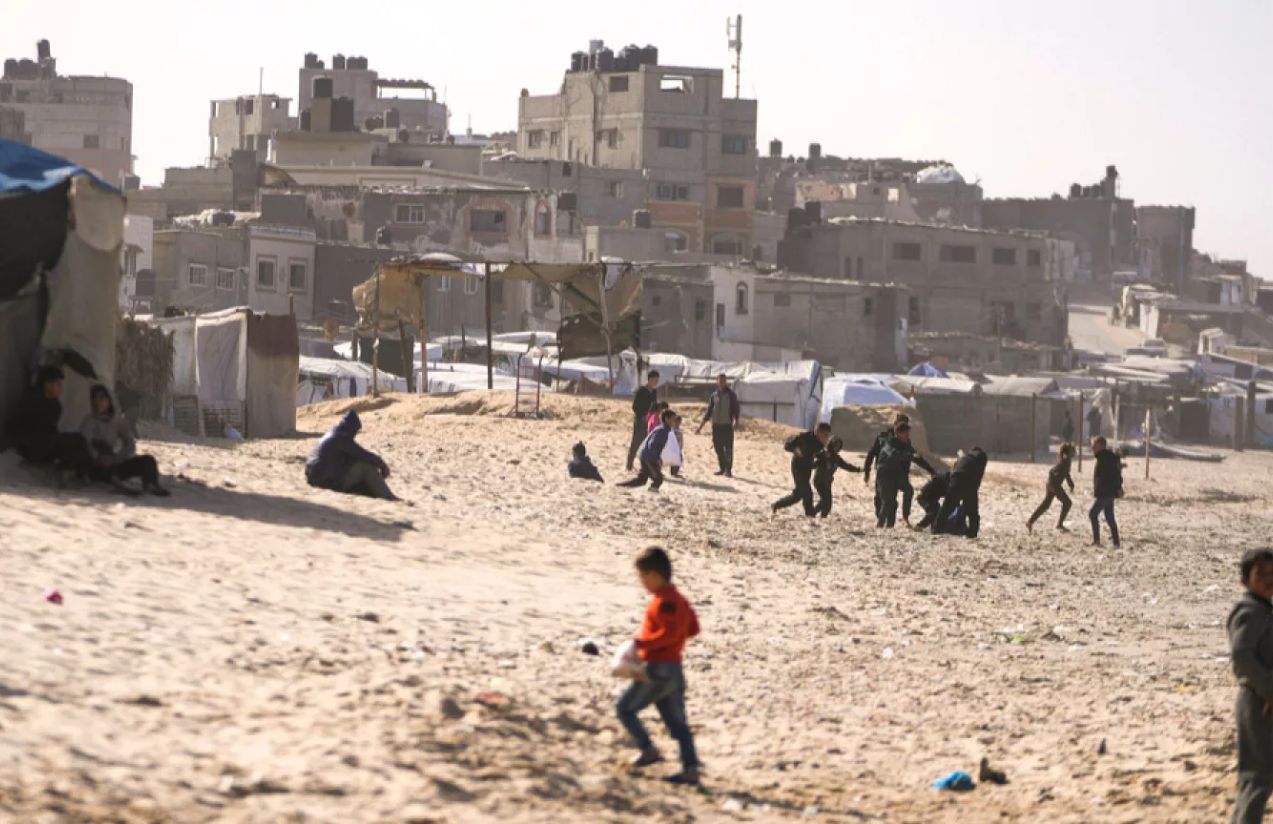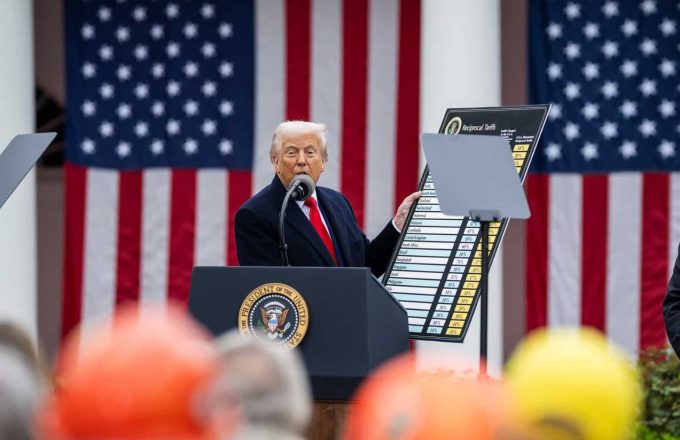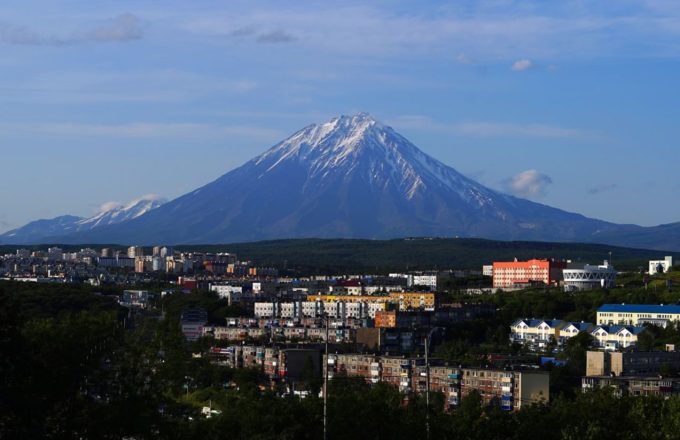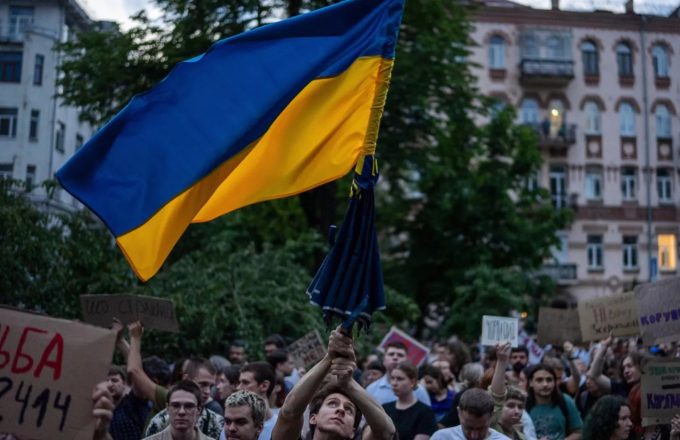Israeli soldiers opened fire on Saturday on crowds of Palestinians waiting to receive food at distribution centers run by the Gaza Humanitarian Foundation (GHF), an organization backed by the United States and Israel. At least 32 people were killed in the attack, according to eyewitnesses and hospital officials.
The affected centers are located in militarized zones, which, according to witnesses, led the army to fire directly, not just warning shots. For its part, the Israeli military claims it only issued “warning shots” after a group of individuals—deemed suspicious for ignoring distance orders—approached its positions in Rafah.
Since May, the Gaza Humanitarian Foundation has distributed millions of meals while attempting to prevent Hamas from interfering in aid delivery. However, its four centers, located in military-controlled areas, have reportedly become high-risk zones where hundreds of people have been injured or even killed while trying to access food.
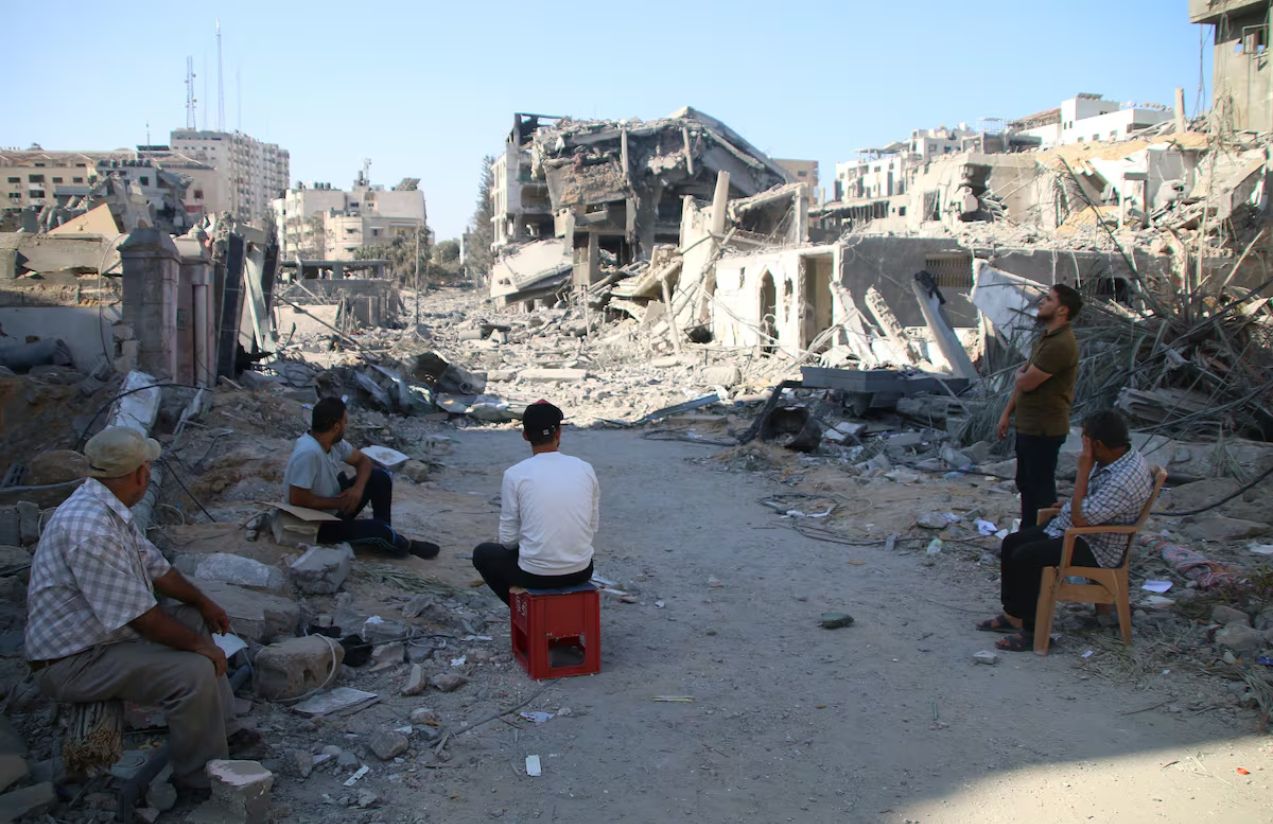
This tragedy is part of a broader humanitarian crisis: millions of Gazans face severe shortages of food, water, and medicine, as the conflict between Hamas and Israel, ongoing since October 2023, has claimed tens of thousands of lives.
Why were these centers authorized in militarized zones?
The Gaza Humanitarian Foundation was created to distribute aid independently of traditional structures, which are allegedly controlled or infiltrated by Hamas. The U.S. and Israel support this initiative as an alternative to the United Nations. However, the decision to place the centers in militarized areas has increased the risk for civilians, who, by gathering in large numbers near military positions, are exposed to the possible use of force.
This incident highlights the tension between the urgent need for humanitarian assistance and the challenge of ensuring the safety of those who rely on it.


